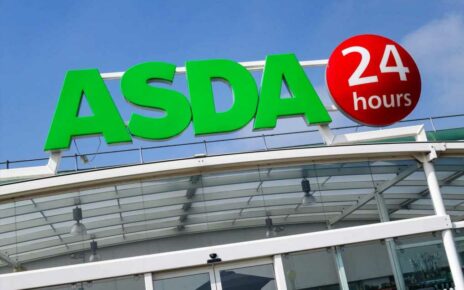A MIDWIFE has revealed why your baby's poo changes colour – and when it's not healthy.
Babies’ stools aren’t the same as adults for some time, so new parents may be concerned about what they find in nappies.
But from “peanut butter” to dark green – there are many shades of a baby’s poo that are normal.
Piroska Cavell, a former agency midwife at NHS trusts all over the UK, told The Sun: “Babies' nappies contain what can be quite surprising colours.
“Newborn nappies from day zero to three or four should contain a dark green almost black tar like substance that is really difficult to get off anything it drys on!
“This is meconium and is the substance that lines the baby's gut whilst in the womb. It is normal.
Read more on babies’ health
Parents share how they keep paddling pools clean including a genius bowl tip
“Both breastfed and formula fed babies poo more in the first few days as they clear the meconium (that’s the dark green tar) and their new gut begins to work and absorb nutrients from the breast or formula.
“Breast fed babies will go on to poo less and sometimes go a few days without pooing.
“As long as they are happy, still feeding well and tummy is soft and baby is passing urine there is no need for concern.”
From day three to four days, breastfeeding will change a baby’s poo to a “mustard seed bright yellow” – and with bits in.
Most read in Health
DADDY'S GIRL My dad brushes my hair because I'm now too weak, reveals Dame Deborah James
My dad is unsung hero – he's always been there to prop me up, says Deborah James
I'm a podiatrist and this is what you need to eat for summer-ready feet
Expert reveals ten ways to slash your risk of having a heart attack
Piroska, 55, who now runs a wellbeing clinic, Clinic Sese, in Whitstable, Kent, said: “It can be a little runny (not watery) and poo explosions migrating up the back of the vest or down the legs of a baby grow are normal.
“Breast fed baby poo can change depending on what mum has eaten so colours may vary slightly from bright yellow to mustard and light tan tones.”
For bottle-fed babies, poo usually starts yellow in colour and then turns tan or even greenish, Piroska said.
But the consistency will be much firmer than breastfed babies, like “crunchy peanut butter”.
Piroska added: “Bottle fed babies are far more susceptible to tummy upsets so ensure all bottles and teats are freshly sterilised and hands are washed before preparing a feed.
“Do not ever add more mixture to the feed than is recommended to ‘thicken it up’ or to ‘try and keep baby fuller for longer’.
“This will only cause your baby potentially serious gastric problems.
“The recommendation is also that each feed is made as and when it is required not in advance.
“Formula fed babies will reduce on average to a daily poo.”
Your baby’s poo will continue to change over the first few months of their life as more foods are introduced.
The NHS says you should start introducing your baby to solid foods when they are around six months old.
“As a toddler it [poo] becomes very much like yours,” Piroska said.
When to worry
You might be surprised to learn that dark green sludge is normal to find a new baby’s nappy.
If this is considered healthy, what is considered a concern?
Piroska said: “Babies’ poo should not ever be watery, pale, white or black, or have any blood in it.
“It also should not be so hard that the baby struggles to poo and the poo is a dry hard texture.
“Look out for other signs such as baby being distressed, not feeding, or a drop in passing urine or a high temp or hard swollen tummy.
"If you have any of these issues with your baby, seek medical help immediately.”
It comes after Piroska revealed how breast milk can come in various shades – even slightly blue.
She said: “Breast milk changes as your baby grows. It can change to a pale white even a blueish colour.
“The fore milk, which is the first part of the feed your baby receives, is designed to quench its thirst and is a paler blueish colour.
“The next part of the feed is the hind milk and it contains all the fats and nutrients for baby. This is what fills baby up and can range from white to cream to a pale tan colour.
“A lot of green veg can give it a pale green hue.
“Lots of fruit and berries and beetroot can give it a pinkish tint.
Read More on The Sun
You’ve been using gift bags all wrong – my easy way will keep presents hidden
I’ve got big boobs and was shaken by the gorgeous £9.50 bras in Asda
“If it is dark orange or brown, seek medical advice. It could be an indication of a more severe issue or being given an unsuitable medication for you whilst breastfeeding."
Piroska also warned parents of the signs that your baby’s crying is excessive or signalling a health problem.
Source: Read Full Article










